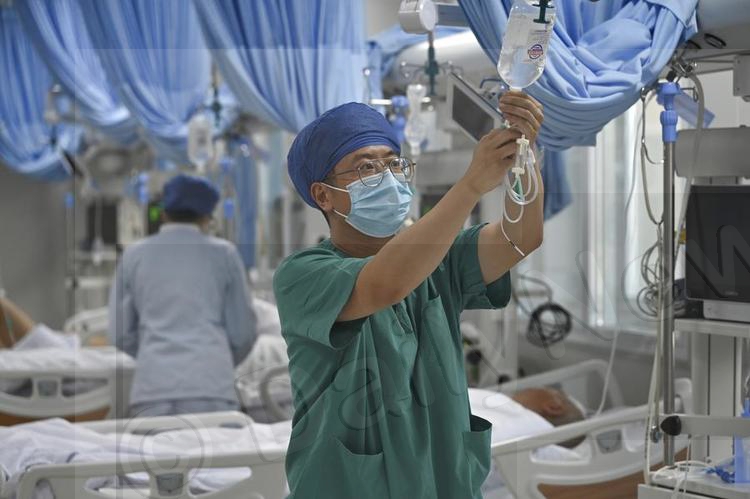Lobatse leather park boon for employment creation
24 Mar 2015
The envisaged Lobatse leather industry park is expected to boost the economic fortunes of the town as well as farmers besides stimulating other economic sectors in the country as well.
Studies indicate that in exporting raw hides, Botswana is exporting jobs.
Consequently, over 5000 jobs are expected to result from the envisaged leather industry park. Thus, 657 jobs comprising 300 hide collectors, 47 from the Common Effluent Treatment Plant, 180 from the Wetblue tannery and 130 from the retanning and finishing plant will be created.
An additional 4 750 jobs is expected to come from the manufacturing of footwear and leather goods. This means there will be 2000 from footwear, another 2000 from leather goods and 750 from upholstery, making an estimated 5 407 jobs for the leather park.
Trade and industry assistant minister, Mr Sadique Kebonang, explains in an interview that the estimated population of cattle, goats and sheep in Botswana is at 2.5 million, 1.8 million and 300 000 respectively. Mr Kebonang then puts the import value of leather/products at P130-P150 million (CSO data 2010) with exports ranging between P50-60 million (CSO data 2010).
Since hides and skins are exported in salted form, this works against Botswana’s Gross Domestic Product and such factors have frustrated the full potential export of these raw materials, says Mr Kebonang.
At the same time, he adds, full potential of hides and skins export is not realised because farmers are not getting proper value for their produce given that current market prices for hides and skins favour buyers.
Currently, Europe and Italy are some of Botswana’s raw product consumers and Mr Kebonang says the same market has been secured for finished products. He adds that factors such as market availability determine viability of the leather park.
This is unlike in the past where “some tanneries collapsed due to the fact that they were not run like industries but rather by individuals without proper coordination,” reckons Mr kebonang.
Besides, findings of a Local Enterprise Authority (LEA) study carried out in conjunction with Indian experts in 2011 indicate that development of the leather sector value chain in Botswana requires a comprehensive and holistic approach.
Meanwhile, though the project is expected to buy hides and skins in bulk from industries such as Botswana Meat Commission and municipal abattoirs, Mr Kebonang explains that individuals too will be free to offer raw materials for sale though it is premature for him to estimate the buying price range. And he is quick to promise farmers value for their produce.
Availability of underground water, proximity to the Durban port, green raw hides from BMC which can be used without salting are some factors that scored big for the ‘dying to be reborn town’ to be the preferred location.
He adds, “I don’t think in future we will have similar projects in other places where there are abattoirs, maybe it would be small industries connected to the one in Lobatse. And we will be buying raw products across the country.” Such would also be a boon for different businesses such a transport.
After all, as the curtain is about to fall on the 2014/15 financial year, eyes will be on the finance minister, Mr Kenneth Matambo, to give the project its share of the cake to kick start infrastructure development on a 38 hectare stand . ENDS
minister, Mr Kenneth Matambo, to give the project its share of the cake to kick start infrastructure development on a 38 hectare stand . ENDS
Source : BOPA
Author : Ndingililo Gaoswediwe
Location : GABORONE
Event : Interview
Date : 24 Mar 2015






